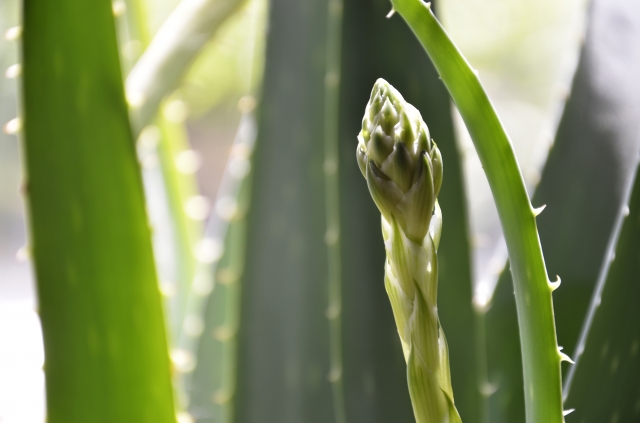Indoor herb gardens are easy to grow, and they make home more welcoming. They help you improve your cooking, and provide you with a relaxing hobby. Whether you’re a seasoned gardener or will be growing houseplants for the first time, here’s what you should know about starting an indoor herb garden.

Reap the Benefits of Fresh Herbs
Fresh herbs take up very little space, and they’re easy to grow. It’s a simple and creative way to bring nature indoors, and you’ll love having easy access to fresh herbs when you need them. The herbs you grow at home will also have more of their anti-oxidants and nutrients than dried herbs available at the local store.
Herb Selection
Start by choosing established plants with solid root systems. These are easier to grow, so you’ll increase your chances of having a successful herb garden. You also won’t have to wait for the seeds to germinate, sprout and finally start to form buds or leaves. When buying herbs, consider the ones you use most frequently. These will give you the greatest satisfaction. Herbs that are generally good to grow inside include chives, basil, thyme and oregano.
Pick the Location
With herbs, location is everything. They require at least six hours of sunlight every day to thrive, so choose a sunny window. However, you also want to avoid cooking the herbs in direct, intense sunlight, so avoid windows that heat up a great deal under the afternoon sun. Ideally, the windows should enjoy morning and early afternoon sunlight. If possible, place them in a room or window with easy access to the kitchen. This will make it easier to water and maintain the plants, and you won’t have to go far to harvest the herbs necessary for cooking. Basement is a good location for growing herbs only if you have proper lighting. Also make sure that you take all the safety precautions when it comes to mold, which can build-up if you’re not careful enough.
Growing Healthy Plants
The right container can make a difference between a successful garden and one that always struggles. Look for terracotta pots that allow the plants to breathe while keeping soil and water contained. The pots should have a hole in the base for drainage. Place the pot in a small container of pebbles or on a saucer to avoid damaging the furniture or windowsill the pot rests on.
Plants need space, and some herbs are invasive and will take over the entire pot. This is why it’s best to choose different pots and give the plants a little space. You can also easily relocate herbs if you discover that some need more or less sun than others.
When buying potting soil, it’s important to invest in higher quality soil. The right soil will have vermiculite or perlite to help with drainage. Soil from outside may be too heavy and will hinder the plant’s growth inside. The plants should be watered properly to nourish them and promote growth. When watering, focus on watering the base where the stem meets soil. Allow the soil to dry out slightly between waterings to avoid drenching the plant and causing problems. If the leaves start turning yellow, you are watering the herbs too often. Too much watering can cause problems
With your own herb garden, you can enjoy the benefits of having live plants inside while also having access to fresh herbs throughout the year. You will taste the difference in your cooking, and you’ll feel the difference in your home. Herbs are easy to grow and require very little space, so they can easily be grown on a window shelf or in another small area. With the right care and treatment, your plants will grow strong and provide you with the fresh herbs necessary for all of your cooking.
Featured images:
- Photo credit: My Blog Guest community
Helen Marino works for Moldbusters where she has had a lot of experiance with people doing the wrong thing when taking care of their home. She also blogs and shares with the world the experiances from work.

